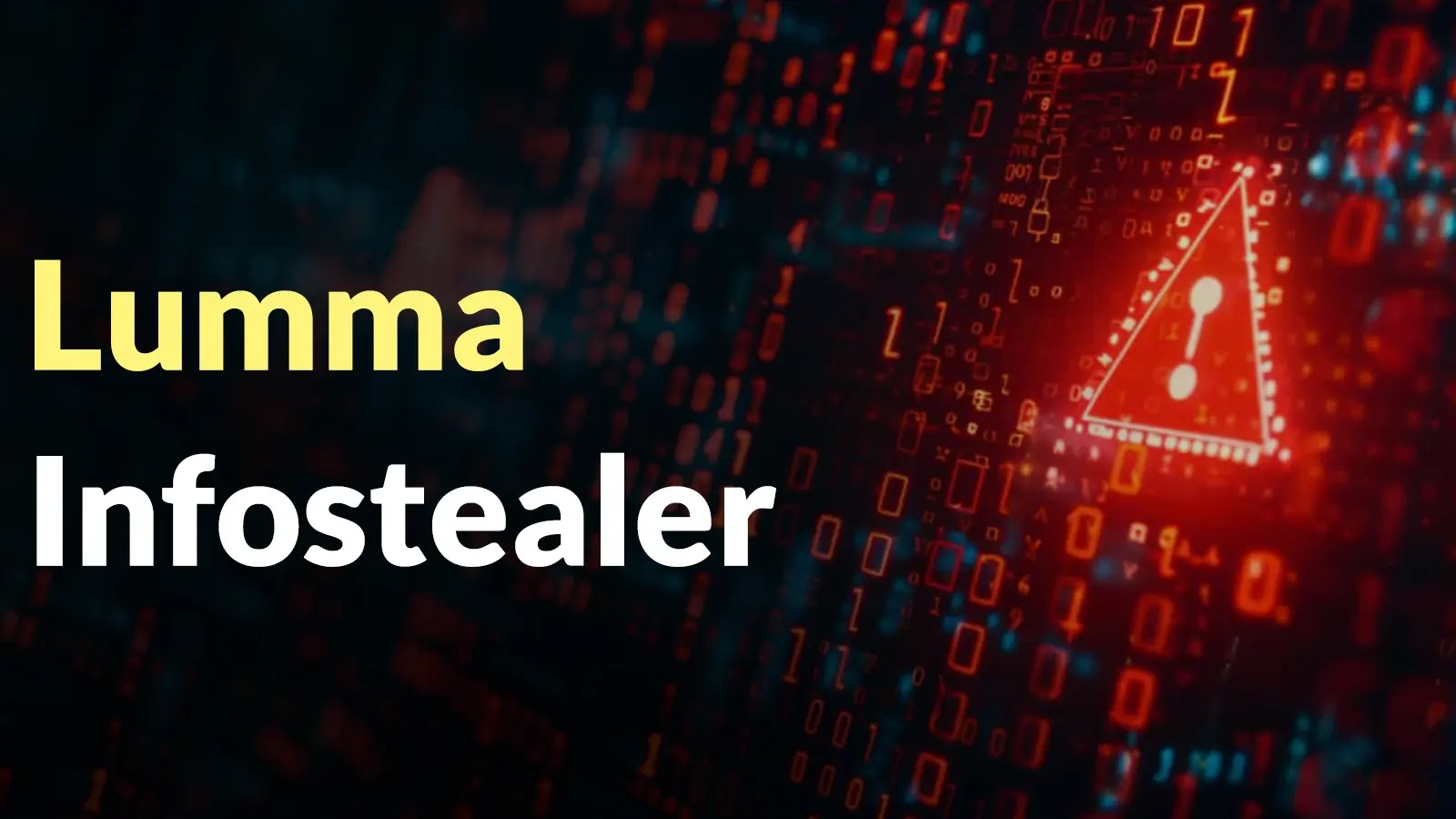
Lumma Infostealer Malware Attacks Users to Steal Browser Cookies, Cryptocurrency Wallets and VPN/RDP Accounts
Lumma Infostealer: A Deep Dive into its Tactics and Impact
The digital landscape is constantly challenged by evolving threats, and among the most persistent are infostealer malware families. One such formidable adversary is Lumma Infostealer, a malicious program that has rapidly ascended in popularity within cybercriminal circles since its emergence in August 2022. This blog post dissects Lumma’s operational mechanics, its impact on user security, and crucially, the defensive strategies necessary to mitigate its threat.
What is Lumma Infostealer?
Lumma Infostealer operates as a prominent Malware-as-a-Service (MaaS) offering, a business model that democratizes cybercrime by enabling even less technically skilled threat actors to deploy sophisticated attacks. This ease of access has contributed significantly to its widespread adoption and the escalating number of incidents involving stolen credentials.
How Lumma Infostealer Operates: Evasion and Extraction
Lumma Infostealer’s delivery typically hinges on deceptive tactics. Threat actors primarily distribute this malware through phishing sites that meticulously mimic legitimate software download portals. Users, seeking “cracked” or free versions of popular software, inadvertently download the malicious payload. The malware itself is cunningly encapsulated within a Nullsoft Scriptable Install System (NSIS) package. This packaging technique is particularly effective at evading traditional signature-based detection mechanisms used by many antivirus programs, allowing the malware to bypass initial security layers.
Upon successful execution, Lumma Infostealer springs into action, focusing on harvesting a wide array of sensitive user data. Its primary targets include:
- Browser Cookies: These small data files can grant unauthorized access to user sessions on websites, allowing attackers to hijack accounts without needing passwords.
- Cryptocurrency Wallets: Lumma specifically targets digital wallets, aiming to steal private keys or seed phrases that provide direct access to a victim’s cryptocurrency holdings.
- VPN and RDP Accounts: Compromised Virtual Private Network (VPN) and Remote Desktop Protocol (RDP) credentials offer attackers a gateway into corporate networks, potentially leading to more extensive data breaches and system compromise.
The Impact of Infostealers on Digital Security
The implications of a Lumma Infostealer infection are severe. Stolen browser cookies can lead to identity theft and fraudulent transactions. The loss of cryptocurrency can be financially devastating, often with little to no recourse for recovery. Furthermore, compromised VPN and RDP accounts pose a significant risk to organizational security, potentially serving as an initial access vector for ransomware attacks or espionage.
Remediation Actions and Prevention Strategies
Protecting against sophisticated infostealers like Lumma requires a multi-layered security approach. Users and organizations must adopt robust preventative measures and be prepared to respond effectively to potential infections.
- Practice Prudent Downloading: Always download software from official vendor websites or trusted app stores. Avoid “cracked” software or downloads from suspicious third-party sites, as these are common vectors for malware.
- Implement Multi-Factor Authentication (MFA): Enable MFA on all critical accounts, especially email, banking, social media, and cryptocurrency platforms. Even if credentials are stolen, MFA can act as a crucial barrier to unauthorized access.
- Keep Software Updated: Regularly update operating systems, web browsers, and all installed software. These updates often include patches for security vulnerabilities that malware might exploit.
- Use Reputable Antivirus/Endpoint Protection: Deploy and maintain a robust antivirus or endpoint detection and response (EDR) solution. Ensure definitions are updated regularly to detect emerging threats.
- Exercise Caution with Emails and Links: Be wary of unsolicited emails, especially those containing attachments or links. Phishing remains a primary infection vector.
- Regular Data Backups: Maintain regular backups of important data to an offline or air-gapped storage solution. This limits the damage in case of a successful attack.
- Network Segmentation: For organizations, segmenting networks can help contain the spread of malware and limit access to critical resources even if one segment is compromised.
Detection and Analysis Tools
Identifying and analyzing infostealer activity requires specialized tools and expertise. While no specific CVEs are associated with Lumma Infostealer itself (as it’s a malware family, not a specific vulnerability), various security tools can aid in detection and analysis.
| Tool Name | Purpose | Link |
|---|---|---|
| YARA Rules | Signature-based detection of malware families | https://virustotal.github.io/yara/ |
| Process Monitor (Sysinternals) | Real-time file system, Registry, and process activity monitoring | https://learn.microsoft.com/en-us/sysinternals/downloads/procmon |
| Wireshark | Network protocol analyzer for detecting suspicious network communication | https://www.wireshark.org/ |
| Cuckoo Sandbox | Automated malware analysis system for dynamic examination | https://cuckoosandbox.org/ |
| Snort/Suricata | Intrusion Detection/Prevention Systems (IDS/IPS) for network-based threat detection | https://www.snort.org/ / https://suricata-ids.org/ |
Conclusion
Lumma Infostealer exemplifies the persistent and evolving threat posed by credential-stealing malware. Its prevalence as a MaaS platform underlines the need for continuous vigilance and proactive security measures. By understanding its modus operandi – from its NSIS packaging for evasion to its targeting of browser cookies, cryptocurrency wallets, and VPN/RDP accounts – individuals and organizations can better fortify their digital defenses. Strong authentication, diligent software practices, and comprehensive security tooling are no longer optional, but essential components in the ongoing battle against sophisticated infostealers like Lumma.





